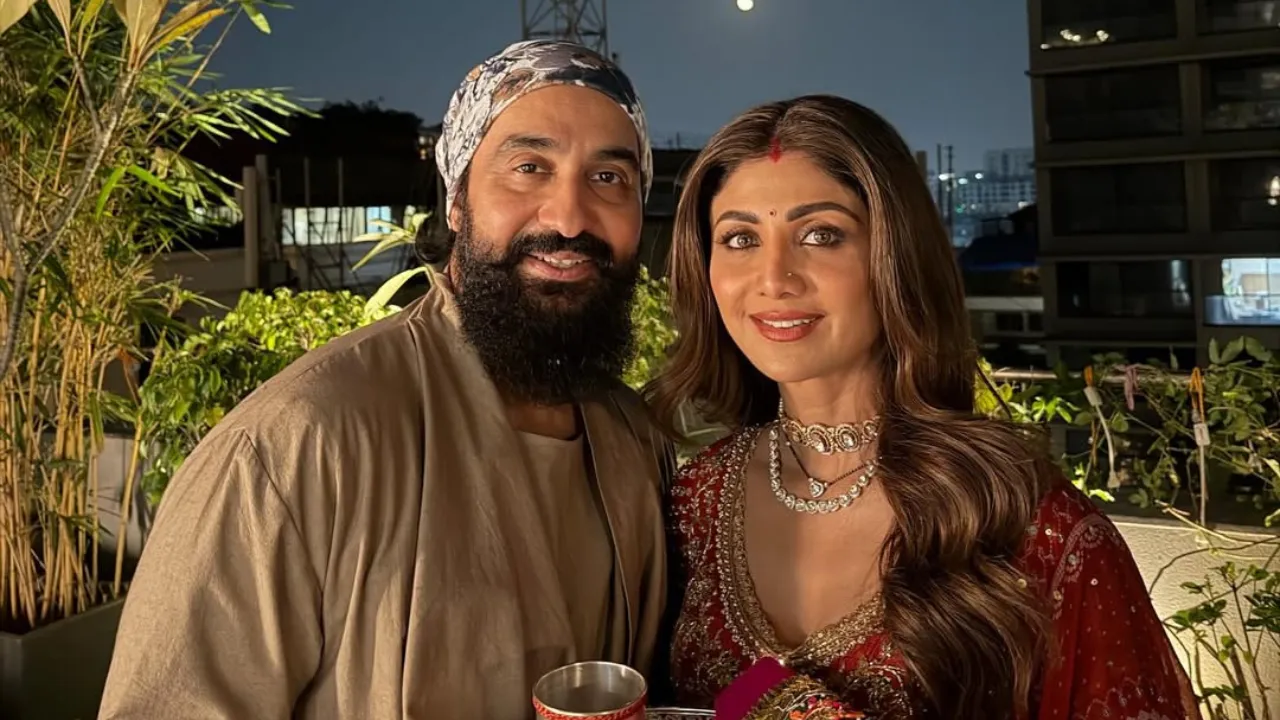Malaika Arora’s 500-Hour Handcrafted Outfit: A Deep Dive
Bollywood icon Malaika Arora recently turned heads when she walked the ramp in an extraordinary couture creation that reportedly took over 500 hours of craftsmanship. In the world of high fashion, claims like this often spark curiosity — was it really 500 hours? What does such effort entail? And how does this reflect on Malaika’s style legacy? Let’s explore.
The Gown That Took 500 Hours
What We Know So Far
At a fashion show held at Hyderabad Race Club, Malaika Arora closed designer Rohit Gandhi and Rahul Khanna’s “Astride” couture line in a metallic mesh gown. The ensemble—described as fluid yet structured—was made of interlinked metallic mesh that gave it a “liquid metal” aesthetic. According to reports, artisans spent over 500 hours to bring this outfit to life.
If true, this is a significant investment of time even in couture standards. To put it in perspective, 500 hours equals more than 62 standard 8-hour working days.
Why So Many Hours?
Several factors might contribute to that high count:
- Intricate mesh construction: Working with metallic mesh demands precision, patience, and skilled hands.
- Hand-finishing details: Many couture pieces rely on hand finishing—trimming, aligning, polishing edges, securing links, etc.
- Structural balance: A gown that appears fluid but maintains form requires internal structuring which can take time.
- Fittings and adjustments: A showstopper walk often demands multiple fittings and tweaks to ensure every drape is perfect.
While 500 hours is high, it’s not impossible for a statement couture piece of this complexity.
What This Means for Malaika Arora’s Style Persona
A Symbol of Commitment to Craft
That much labor reflects a deep respect for the artistry behind fashion. Malaika Arora has always been known for pushing her styling game—this moment shows she’s not just interested in “looking good,” but in becoming a canvas for high craftsmanship.
In a recent interview, Malaika said fashion doesn’t define her but gives her an edge. This kind of commitment aligns with that belief: she’s comfortable being a spotlight for skilled work and letting the garment tell a story.
Elevation of Her Runway Presence
When you hear “500 hours,” expectations skyrocket. Viewers look for precision, refinement, and wow factors. But given her legacy of composed ramp walks, Malaika was a fitting choice to showcase such labor-intensive couture.
She’s already walked for top designers. At Bombay Times Fashion Week, her showstopper outfit by Archana Kochhar featured pearls, resham work, and handwoven Lucknowi embroidery. That too required time and careful craftsmanship, albeit on a different scale.
Behind the Scenes: How Couture Magic Happens
The Craft Process Broken Down
Here’s a general breakdown of how a 500-hour gown might be built:
- Concept and sketching – defining silhouette, materials, and movement
- Material sourcing – finding the right metallic mesh, supporting fabrics, and hardware
- Mockups and fittings – making a rough version to test drape and comfort
- Mesh weaving – crafting the metallic segments by hand
- Assembly – attaching mesh onto base fabric or internal structure
- Internal support – adding linings or boning for form and comfort
- Hand finishing – smoothing edges, polishing, and reinforcing
- Multiple fittings – adjusting for movement and precision
- Final touches – pressing, polishing, and preparing for show day
Each step may seem small, but metallic mesh is delicate. A single misalignment can distort the entire piece.
Challenges in Metallic Mesh Couture
- Metallic fibers are difficult to handle and can warp or kink easily.
- Weight distribution must be precise to maintain the silhouette.
- Comfort is key; designers must ensure no sharp or rough edges touch the skin.
These challenges explain why such a gown can demand over 500 hours of work.
Is 500 Hours a Marketing Claim or Reality?
Skeptics might argue that “500 hours” sounds like a PR exaggeration. But the consistent reports across publications and the complexity of the material make it believable.
Even if the exact number is flexible, what’s undeniable is the craftsmanship and attention to detail involved. The “500 hours” figure highlights the dedication and artistry behind the finished piece. It’s both a factual statement and a symbol of the brand’s commitment to couture excellence.
Lessons for Fashion Lovers and Aspiring Designers
Value the Artisan
High fashion isn’t just about celebrities; it’s about the artisans who create masterpieces behind the scenes. Even if you never wear couture, appreciating craftsmanship and slow fashion deepens your understanding of true quality.
Invest in a Signature Piece
Having one signature piece that tells a story is more memorable than owning many generic outfits. Malaika’s 500-hour gown serves as a reminder that fashion can be art—something to be admired and remembered.
Understand Cost vs Price
When you hear about “expensive couture,” remember that much of the cost reflects the hours, materials, and manual effort invested. If someone offers similar-looking designs for cheap, it’s likely missing the craftsmanship that defines real couture.
Conclusion: More Than Just a Headline
Malaika Arora’s handcrafted outfit that took 500 hours to create isn’t just a viral fashion headline—it’s a symbol of dedication, creativity, and craftsmanship. Beyond the glamour lies a story of skilled artisans, precise technique, and a star who appreciates art in its purest form.
This gown represents what makes Malaika Arora a true fashion icon—her ability to merge artistry with elegance. For fashion lovers and creators alike, it’s a reminder that real beauty often lies in the hours of unseen work behind every breathtaking moment on the runway.
Also Read: TVS RTX 300 Launch Soon—300cc Beast Hits Streets!









